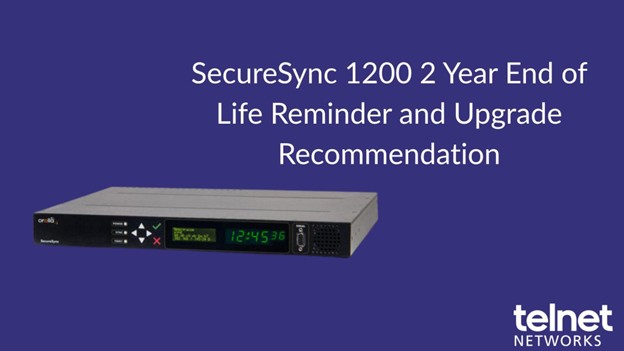 Today’s networks are growing in both size and complexity, presenting new challenges for IT and network administrators. More mobile devices are now connecting to more data from more sources—and much of that is due to virtualization. IT challenges are further complicated by increasingly high customer expectations for always onaccess and immediate application response. This complexity creates network “blind spots” where latent errors germinate, and pre-attack activity lurks.
Today’s networks are growing in both size and complexity, presenting new challenges for IT and network administrators. More mobile devices are now connecting to more data from more sources—and much of that is due to virtualization. IT challenges are further complicated by increasingly high customer expectations for always onaccess and immediate application response. This complexity creates network “blind spots” where latent errors germinate, and pre-attack activity lurks.
Blind spots are commonly caused by the following issues: lack of SPAN and tap ports which limit tool access to data; dropped and duplicated packets, which suppress or delay actionable information; and monitoring plans that are behind migration cycles. Stressed-out monitoring systems make it hard, if not impossible, to keep up with traffic and filter data “noise” at a rate that they were not designed to handle.
Network blind spots have become a costly and risk-filled challenge for network operators. Further, unseen inter-VM and cross-blade data center traffic leaves the network vulnerable to threats, noncompliance, loss of availability, and impaired performance. Today, up to 80 percent of data center traffic can travel between servers, making end-to end visibility a real challenge.
The answer to these challenges is a highly scalable visibility architecture that helps eliminate blind spots, while providing resilience and control without complexity. Ixia’s Visibility Architecture delivers a new perspective on network visibility.
Three Integrated Frameworks: Network Visibility, Virtual Visibility, and Inline Security
All three integrated elements of the Ixia Visibility Architecture enable a key component of a total, end-to-end visibility architecture. The Network Visibility Framework provides a solution to support out-of-band monitoring in the physical network. The Virtual Visibility Framework is integrated with the Network Visibility Framework and provides a solution to support out-of-band monitoring of all traffic in the virtual network. The Inline Security Framework enables fail-safe deployment of multiple inline security enforcement tools such as IPS’s, NGFW’s, etc.
Ixia demonstrated aspects of it’s Visiblity Architecture at this year’s InfoSec. Ixia’s new Visibility Architecture, is founded on a comprehensive product portfolio of high-performance taps, virtual taps, bypass switches, and network packet brokers (NPBs), all easily deployed and managed.
Ixia’s Visibility Architecture helps speed application delivery and enables effective troubleshooting and monitoring for network security, application performance, and service level agreement (SLA) fulfillment—and allows IT to meet compliance mandates.
Additional Resources:
Ixia’s visibility architecture
Thanks to Ixia for the article.





